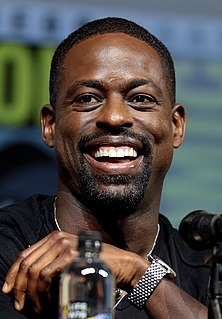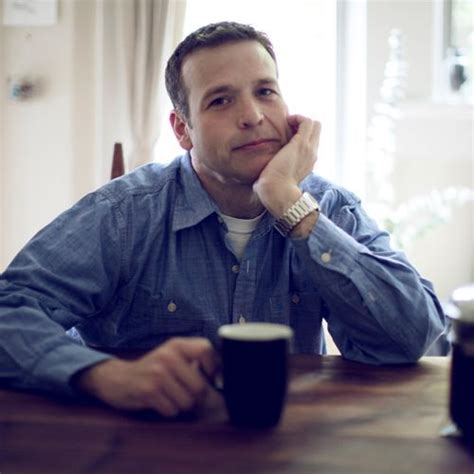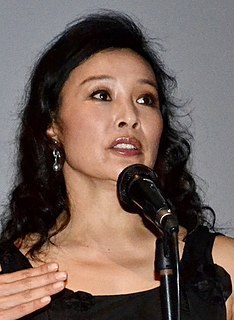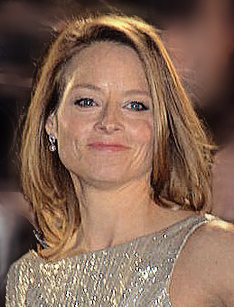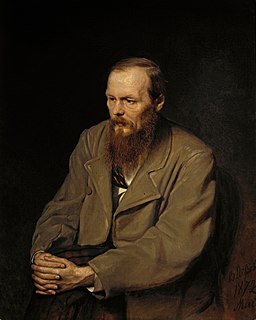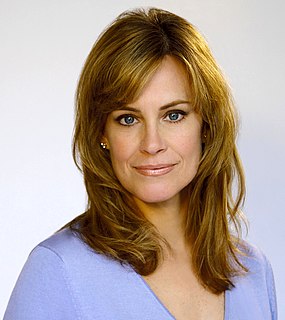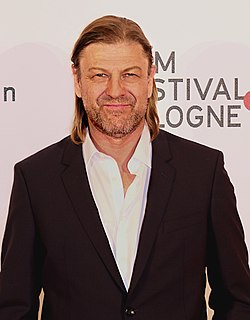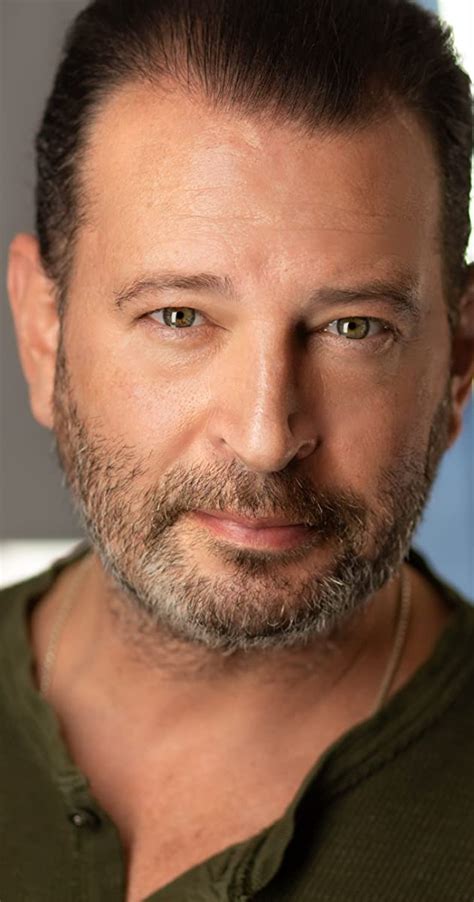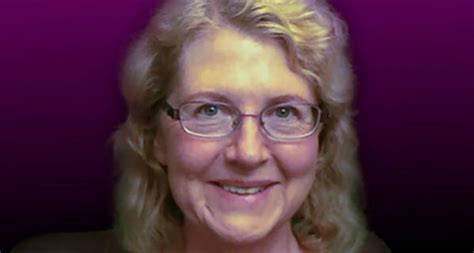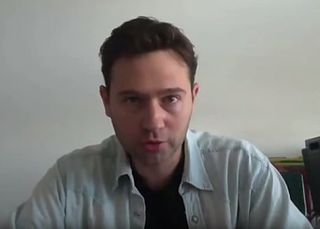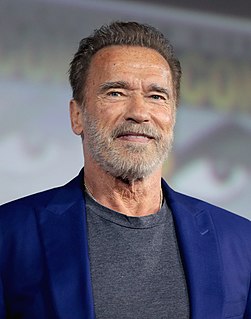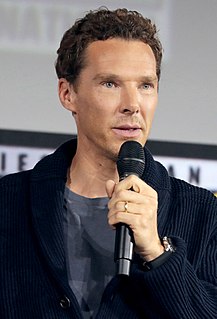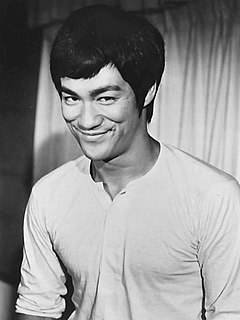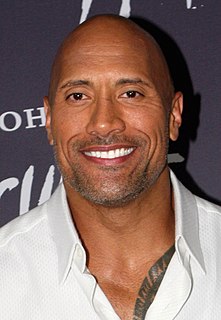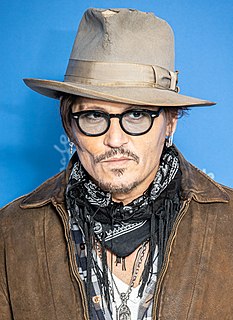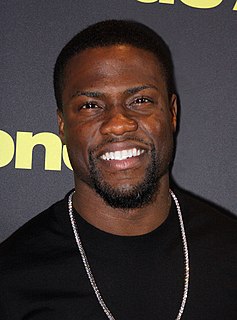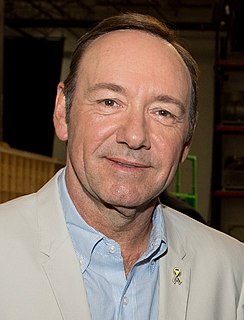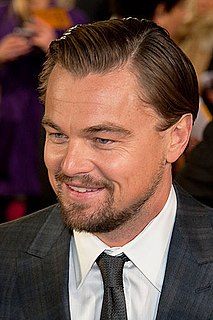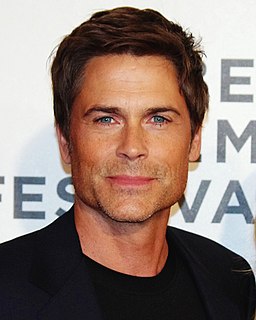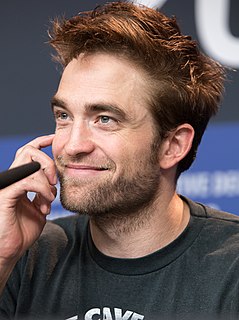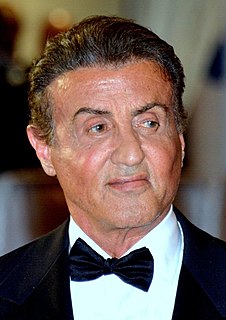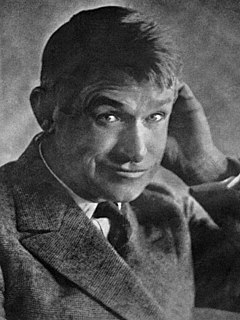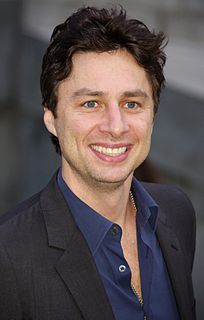A Quote by Sterling K. Brown
The beauty of theater is that you get to live the character from beginning to end without stopping. The natural momentum of the story propels you through in such a way that feels organic.
Related Quotes
If the point of life is the same as the point of a story, the point of life is character transformation. If I got any comfort as I set out on my first story, it was that in nearly every story, the protagonist is transformed. He's a jerk at the beginning and nice at the end, or a coward at the beginning and brave at the end. If the character doesn't change, the story hasn't happened yet. And if story is derived from real life, if story is just condensed version of life then life itself may be designed to change us so that we evolve from one kind of person to another.
Because I come from the theater, I use the images of the theater and of movies a great deal when I write. I see the story in my head. I have to break down the outline of a story first. I have to know where I'm going. Usually I have a good beginning and a good ending, and then I think, "Now I have to find my way through it."
The beauty in the story is at one with suffering. That is also part of our upbringing - we don't think there could be beauty
otherwise. Beauty is the result of having been through an experience all the way through to the end - therefore it has a poignancy. Beauty that is
singular always comes from following an experience to the point where you can go no further.
In theatre, once you've got the character and you've got things together, you can relax into it. Film has a different feel - you don't get that through line of not stopping. Theatre is like a snowball gathering momentum and getting bigger, whereas in film, it's a bit stop and start - but you do tend to adjust to that quite easily.
When I set out to write a screenplay, I have in my mind a beginning and an end but that end part continually changes as I start to write the middle. That way by the time the screenplay is finished I have taken myself and my audience from a familiar beginning point through the story to an unfamiliar ending point.
'Seize the Story' takes readers all the way through the process of writing fiction, from beginning to end. Every element, from dialogue to setting, plotting to character creation, is laid out and illustrated with examples. But the tone of the book is not that of a dry writing manual - it's definitely written for teenagers.
Cinema and theater - it's apples and oranges. You can't really beat movies. Yeah, when you're on an Oliver Stone set everybody brings their A game. Everybody brings their A game, from the top to the bottom and in between. In terms of theater you know there is no way to really duplicate that rush you get when you take an audience that is live and right there in front of you through the journey of a great play and you go through these emotions so that they can experience them without having to go through them themselves.
